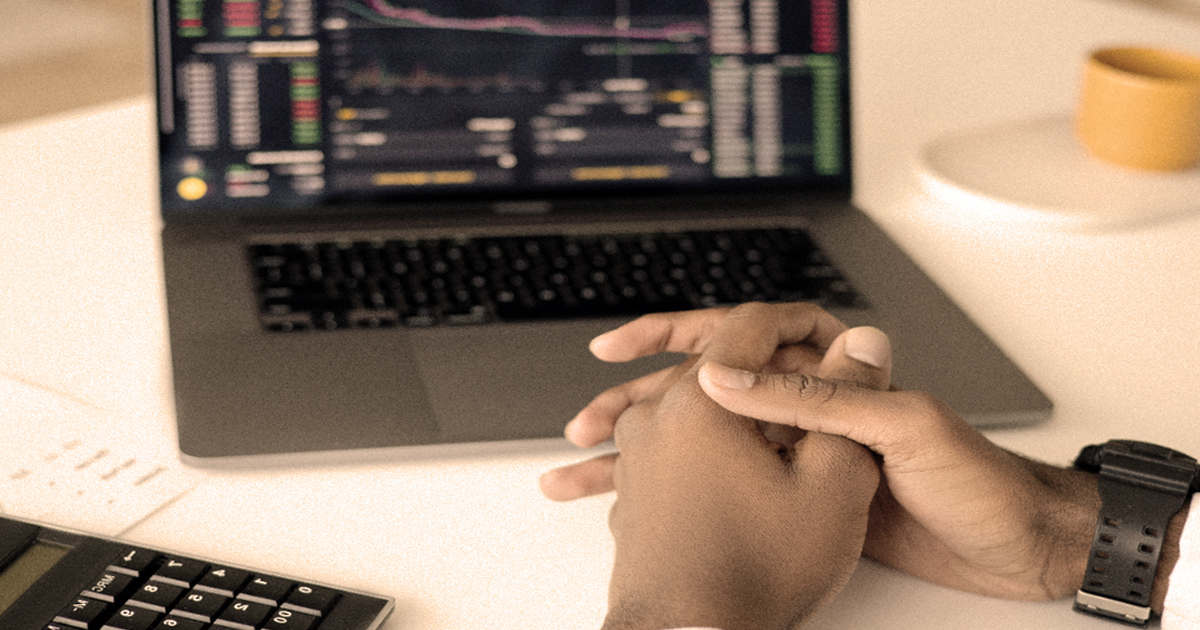
Understanding Futures Trading: Risks and Opportunities Unveiled
In the dynamic arena of financial markets, futures trading emerges as an intriguing intersection of risk and reward. Designed as financial derivatives, futures contracts facilitate the purchase or sale of an underlying asset at a preset price in the future. As we delve into the world of futures trading, we'll uncover its potential advantages, the inherent risks, and the strategies employed by savvy investors to navigate this complex landscape.
Understanding Futures Trading
Futures contracts, often perceived as complex financial tools, act as agreements between two parties to buy or sell an asset at a pre-agreed price at a specific future date. Their primary utility often lies in hedging risk exposures and cushioning the impact of market volatility. While they may seem similar to other investment types like stocks, bonds, or currencies, futures have their unique characteristics and risks, mainly due to the concept of leverage.
Interesting Fact: Did you know that the first futures contracts were created for commodities like rice in the Dojima Rice exchange in Japan back in the 17th century?
The Dual Nature of Futures – Hedging and Speculation
Originally, futures contracts were designed as a hedging mechanism for agricultural producers to shield against price fluctuations in commodities such as wheat, corn, or livestock. The concept of hedging, in essence, is an investment strategy employed to minimize the risk of adverse price movements.
For instance, by selling a futures contract for their crop at planting time, a farmer can secure a guaranteed selling price, regardless of market swings. This strategy, known as a forward hedge, ensures a predictable profit margin for the farmer, effectively reducing their financial uncertainty.
In the corporate world, companies often employ futures contracts as a safeguard against future market changes. By locking in a purchase price through a futures contract, companies can reduce risk exposure and stabilize their financial outlook.
Tip: Hedging can be a powerful tool for both individual and institutional investors looking to mitigate risk in volatile markets.
Unpacking the Risks: The Role of Leverage in Futures Trading
While hedging tends to lower risk, the principle of leverage can significantly amplify it. Leverage, also known as margin investing, allows investors to enter a futures contract by paying just a fraction of the contract's actual value. This could be as much as 90-95% in futures trading, compared to a maximum of 50% in stock purchasing.
This leverage effect can lead to substantial profits or losses from even minor price fluctuations. However, with careful money management strategies, including prudent use of stop-loss orders and constant monitoring of margin levels, futures traders can navigate this challenging landscape.
Interesting Fact: While leverage can magnify potential profits, it can also lead to losses exceeding the initial investment, making risk management crucial in futures trading.
The Final Verdict on Futures Trading
The unique nature of futures contracts makes them a double-edged sword. On one hand, they can serve as an effective hedge against price fluctuations, offering a degree of financial stability. On the other hand, due to the increased leverage, they can also lead to substantial losses.
Tip: Successful futures trading relies heavily on an effective risk management strategy and a solid understanding of market trends.
The dynamic world of futures trading is characterized by both potential rewards and inherent risks. A solid understanding of these aspects, combined with effective trading strategies, can help investors make the most of futures contracts while carefully managing the associated risks.
- Share this article





